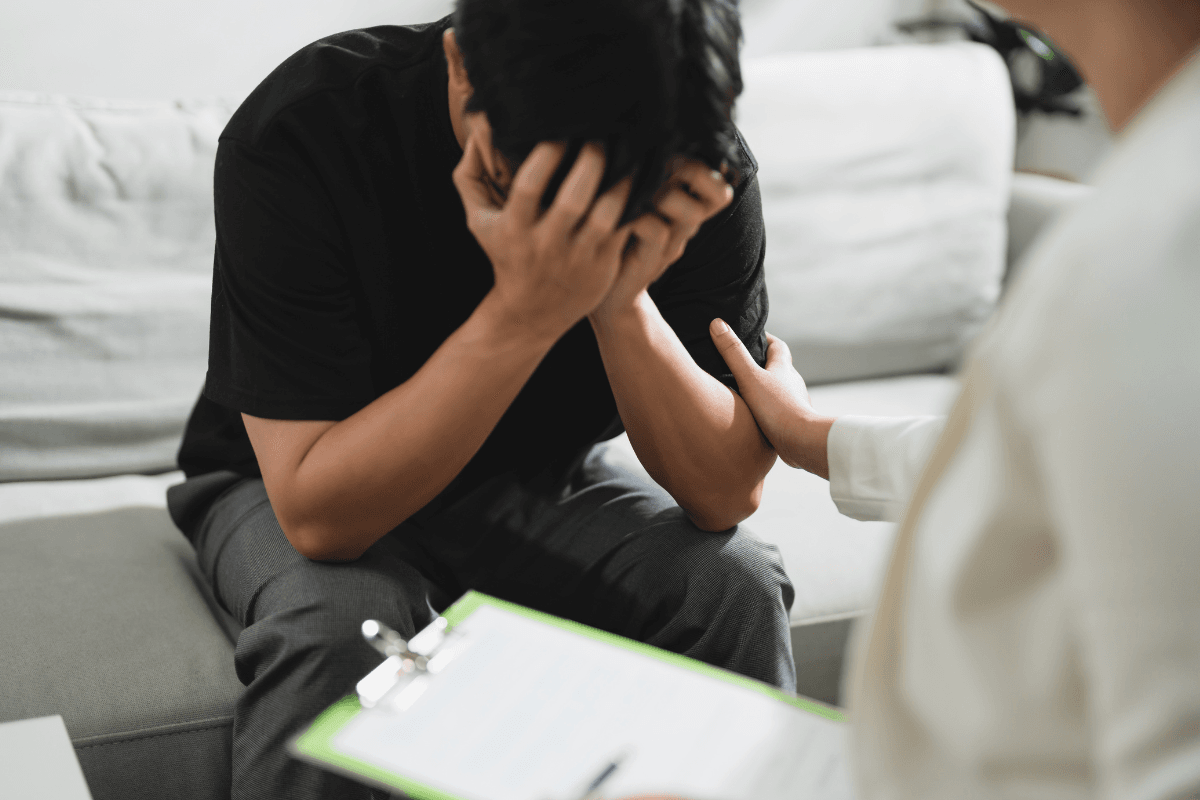For many, trauma is not something left in the past—it lives on through flashbacks, nightmares, anxiety, and emotional triggers. That’s why PTSD Awareness Month is a vital observance held each June. It shines a spotlight on those living with post-traumatic stress disorder and encourages open conversations about mental health, trauma, and recovery.
This month reminds us that the effects of trauma don’t always fade with time. Survivors – whether they are veterans, abuse victims, first responders, or witnesses to tragic events – may carry invisible wounds long after the danger has passed. By acknowledging their struggles and sharing information, we can break down stigma, encourage healing, and promote support systems that truly make a difference.
Why PTSD Awareness Month Matters
Understanding PTSD is the first step toward helping those who live with it. The disorder can negatively impact anyone who has experienced or witnessed a traumatic event. It’s not a sign of weakness, and it’s not always immediately visible.
PTSD Awareness Month provides an opportunity to gain a deeper understanding of the challenges faced by those affected. During this time, mental health organizations, healthcare providers, and advocates raise awareness through campaigns, educational programs, and community events. The goal is to encourage people to seek help early and reduce the shame often tied to trauma-related conditions.
What Factors Contribute to PTSD?
To support survivors, we first need to understand what causes PTSD or post-traumatic stress disorder. Trauma can take many forms – military combat, sexual or physical assault, childhood abuse, car accidents, natural disasters, or even prolonged emotional neglect. The common thread is that the event felt terrifying or life-threatening and left a deep psychological mark.
While some people naturally recover after trauma, others may develop persistent symptoms such as panic attacks, sleep disturbances, emotional numbness, or constant hypervigilance. PTSD becomes a diagnosis when these symptoms interfere with daily life for more than a month.
It’s important to know that there is no “right” way to react to trauma, and no timeline for healing. PTSD Awareness helps remind us that mental health is personal and recovery looks different for everyone.
How PTSD Manifests
PTSD doesn’t look the same in every person. Symptoms typically fall into four categories:
- Intrusive thoughts – Recurrent memories, flashbacks, or distressing dreams related to the traumatic event.
- Avoidance – Steering clear of reminders, people, or places connected to the trauma.
- Mood and cognitive changes – Feelings of hopelessness, guilt, detachment, or memory problems.
- Hyperarousal – Irritability, trouble sleeping, or being easily startled.
National PTSD Awareness Month is an opportunity to educate people that these symptoms are not signs of failure—they are normal responses to overwhelming events. Recognizing these signs can result in earlier intervention, which significantly improves outcomes.
Support Systems and Treatments That Help
One of the main objectives of PTSD Awareness Month is to promote available treatment options. Recovery is absolutely possible, but it requires the right care and support. Evidence-based treatments include:
- Cognitive Behavioral Therapy (CBT) – Helps individuals reframe negative thought patterns and reduce emotional distress.
- Eye Movement Desensitization and Reprocessing (EMDR) – A specialized technique that helps process traumatic memories.
- Medication – Antidepressants and anti-anxiety medications can offer relief to some people.
- Support groups and peer networks – Sharing experiences with others who understand can ease isolation and reinforce healing.
Family involvement, community support, and consistent mental health care can make a huge difference. This month is the perfect time to explore these options or encourage others to do the same.
Visit our PTSD medications page to learn more about treatment options that can support recovery and improve quality of life.
How to Raise PTSD Awareness
Anyone can help reduce the stigma around trauma by participating in awareness activities during June. You can:
- Wear teal or share teal ribbons to show support.
- Share on social media to help educate others and amplify the stories of survivors.
- Attend or host community events such as wellness workshops or mental health screenings.
- Donate to or volunteer with organizations that support survivors of trauma.
Small actions matter. Talking openly about trauma, showing empathy, and normalizing therapy are powerful ways to support mental wellness all year long.
How Workplaces and Schools Can Support
Mental health isn’t just personal—it’s something that needs to be understood and respected in all environments. Workplaces and educational institutions can play a huge role during PTSD Awareness Month 2025 by offering:
- Mental health days
- Trauma-informed training for leadership and educators
- Employee Assistance Programs (EAPs)
- Quiet or calming spaces for students and staff
- Support groups and seminars
By fostering an environment where psychological safety is valued, organizations can help reduce re-traumatization and encourage open conversations about healing.
Takeaways
PTSD Awareness Month is a reminder that while trauma may linger, hope and healing are always possible. Through education, empathy, and action, we can build a world where no one feels alone in their struggle.
Even if you don’t have PTSD yourself, understanding it can make you a better friend, colleague, or advocate. Whether it’s through a small gesture or a major effort, your support could be a lifeline for someone in need.
Frequently Asked Questions (FAQs)
When is PTSD Awareness Month observed?
June is PTSD Awareness Month, recognized nationally and used to drive education and advocacy efforts around post-traumatic stress disorder.
Who does PTSD affect?
PTSD can affect anyone—military veterans, first responders, survivors of abuse or accidents, or even witnesses to trauma. No one is immune, and everyone deserves support.
Is PTSD treatable?
Yes. While PTSD can be challenging, many effective treatments are available. Therapy, medication, and community support often lead to meaningful recovery.

